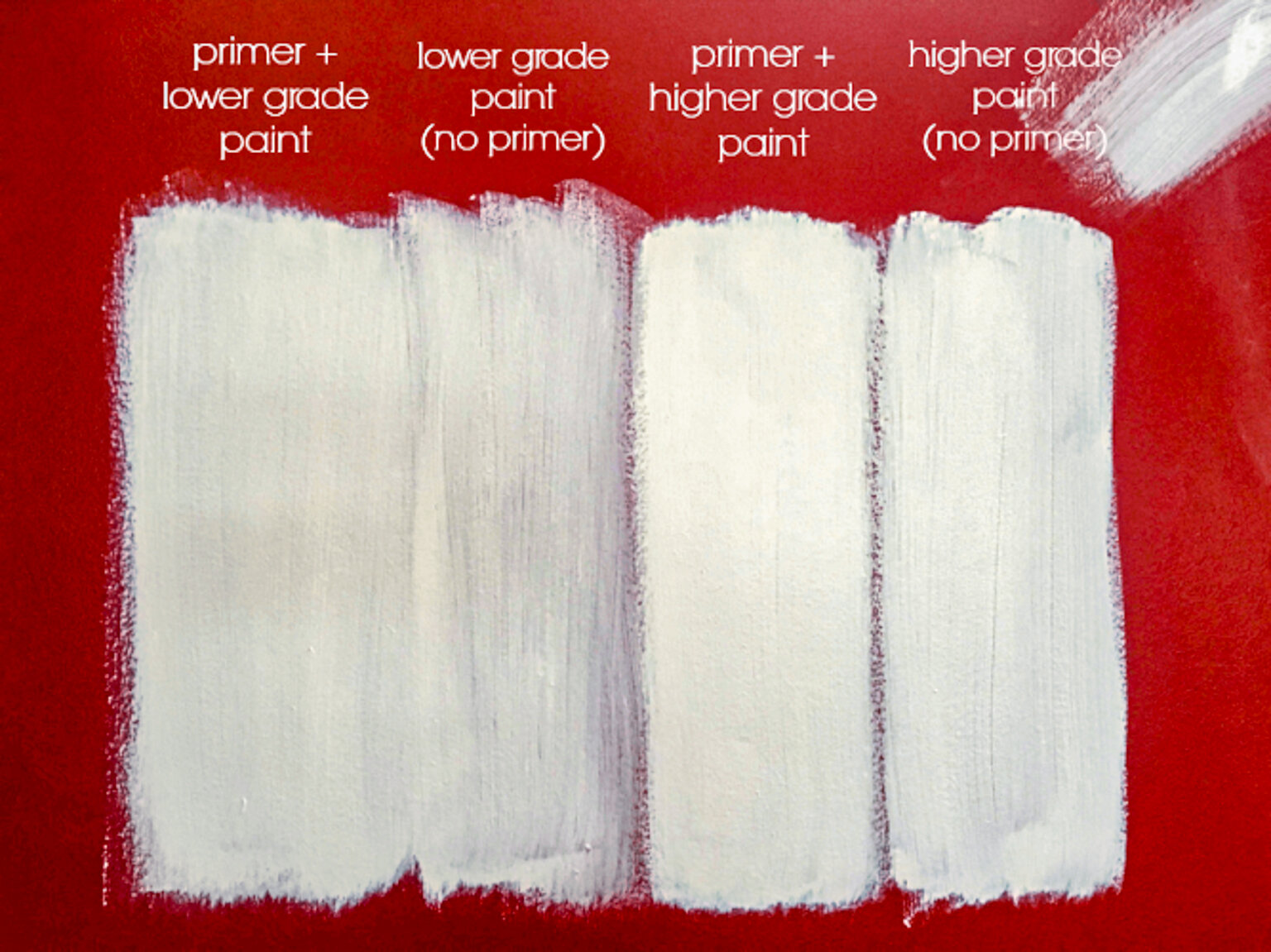Priming Separately vs. Paint and Primer in 1
Paint has come a long was over the years! It covers more evenly and smoothly, doesn’t leave lap marks as easily, and will last much longer. Another paint innovation has been in development of paints that have primers built into them, which aim to eliminate the need for a separate coat of primer before applying paint. Although, if these 2-in-1 products are so great, why are primers still being sold separately? And when should you prime vs opt for the 2-in-1? These are the questions I aim to answer in this article.
When You Should Prime Before Painting
Painting drywall or wood that hasn’t been painted before
Applying flat paint to a semi-gloss or high-gloss wall
Changing color from dark to light
If the drywall has any repairs, priming will return the wall to a neutral color
Stains or odors (such as cigarette smoke) need to be covered
When you can use a 2-in-1 Paint and Primer
No stains or signs of peeling on walls
Repainting a surface with the same or similar color
Switching from a light to a dark color
When You Don’t Need to Prime and solely use a regular interior paint
Never. Just don’t do this if you care about the final finish. Primers are generally inexpensive compared to paints, so you won’t save much money, if any at all. In addition, the added adhesion and the neutral surface that the paint will be applied following priming may save you money as fewer coats will need to be applied.
It’s also important to use a high-quality paint of whichever option you choose. Check out our article here to learn why!
If you’d like to read more about priming vs. 2-in-1s, this article by New Life Painting as well as this one by The Spruce do a great job further explaining the subject.
I hope this article has been helpful to you! As always, feel free to reach out to me at brendan@McCormickPaintingServices.com or 563-506-5510 and I’d be happy to further explain anything. If you’re looking for painters to hire for your next project in Cedar Rapids or surrounding areas, give us a call!

